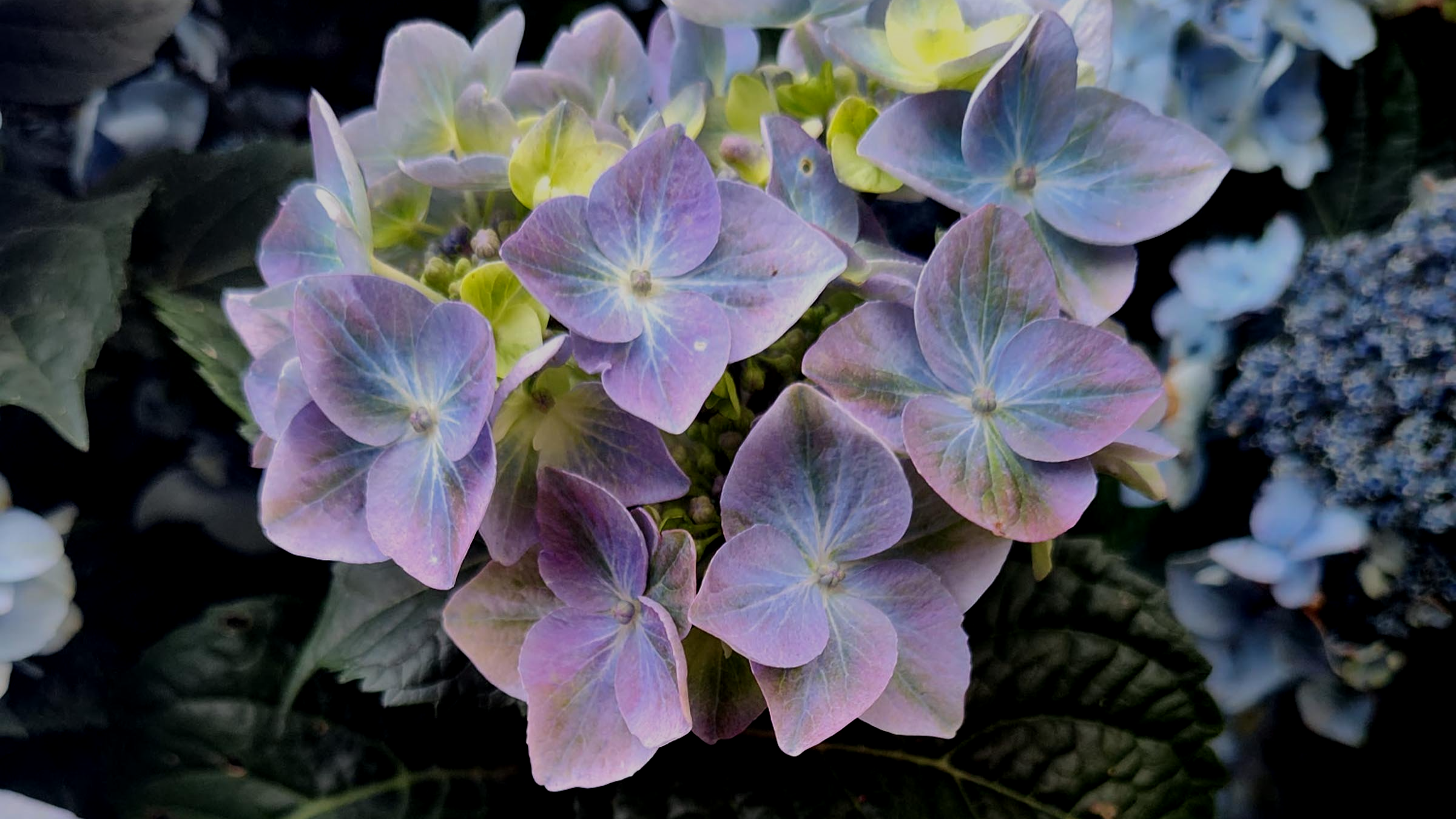For years the missus and I have planted a dozen or so flats of impatiens in our garden in cool shady areas (but also in full sun) and enjoyed months of nonstop blooms clear up to the first frost. Last year however our impatiens seemed to drop dead overnight early in the fall several weeks before they should have and the cause was a disease called downy mildew. IDM (impatiens downy mildew) started out on the east coast and has become epidemic to the point the nurseries no longer sell them. The disease causes the plants to turn a silver color, defoliate and melt away to nothing in a matter of a week or less and once you get it you can’t stop it. Considering that impatiens have been such a staple for northwest gardeners it is only fair to ask: “What are my options and are there ways to control the disease? Here is what I know.
Diseases like downy mildew cannot be cured but they can be prevented if the gardener acts proactively. One must apply a fungicide before any signs of the disease appear which means spraying the plants at the time of planting and repeating applications on a regular interval throughout the growing season. Depending on the type of fungicide that interval could be one week or one month. Monterey Agri-Fos is labeled for the homeowner to use for IDM and there are several other products that have downy mildew on the label too. Culturally speaking it is helpful to keep moisture to a minimum and it is always best to water in the morning so plants will dry out by evening. Also, if you have had IDM then don’t plant impatiens in the same bed again. Finally, there are plant options for shady areas that don’t get IDM such as coleus, begonias, upright fuchsias and New Guinea impatiens (also know as Sunpatiens).


